What the ... ?
I thought I was seeing conjoined creatures and the next big stars of the backwoods freak show when I saw this. At closer look, the conjoined creatures were actually one long bug carrying another long bug by the head. It’s not a situation of “when daddy loves mommy very much.” It’s much less lovey-dovey than that.
What I saw was a glowworm beetle carrying a dead millipede across my driveway. I’m not familiar with these two groups, so I could only guess their identities. The millipede is a member of Julidae, which is a large family of European species.
There's very little research on the diversity of millipedes in my part of the Carolinas. A 1978 study by Rowland Shelley of the North Carolina State Museum recorded 35 species in the eastern Piedmont region of North Carolina (Journal of Natural History 12: 37-79), which is an area closest to my part of the woods.
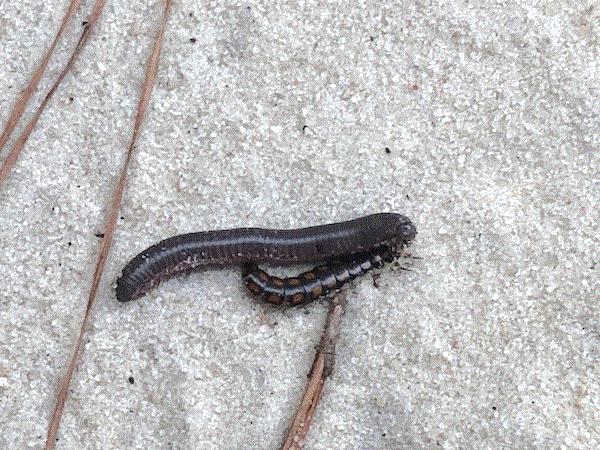
At first, I thought the red-dotted black glowworm beetle was a larva, but now I think it’s actually an adult female, perhaps of Phengodes nigromaculata. As its name implies, a glowworm glows in the dark just like a firefly. I’ve seen them glowing in the leaf litter, albeit infrequently.
Another interesting fact about the glowworm is that females and males look completely different; the fancy term for this phenomenon is "sexual dimorphism." The males are like a firefly with feathery antennae, but the females retain the look of a larva (no wings) even when they become adults.
What do the larvae and adult females like to eat? You guessed it! Millipedes. Click HERE to see an article about glowworms and the process of consuming a millipede from beginning to the end. (The process isn't unlike how a lion attacks a zebra.) Obviously, glowworms have a way of dealing with the millipedes’ poisons. Just like its prey, glowworms also have a nasty odor and taste, and a contrasting coloration to warn their potential predators.
Why was the glowworm scuttling across the driveway with its prey? I don’t know. Perhaps just to give me a chance to contemplate the question of, “Why did the (fill in the blank) cross the road?”
It’s a cruel world out there, kids.
By the way, if you're interested in identifying millipedes and centipedes, and if you live in Ohio or nearby states, click HERE for a great reference.

Bee Identification Tool
The USDA APHIS Identification Technology Program (ITP) recently released the third edition of its online identification tool for bees. Called Exotic Bee ID, this online identification tool was designed to help folks working at ports of entry, state agriculture departments and extension services, or any interested individual identify native and non-native bees.
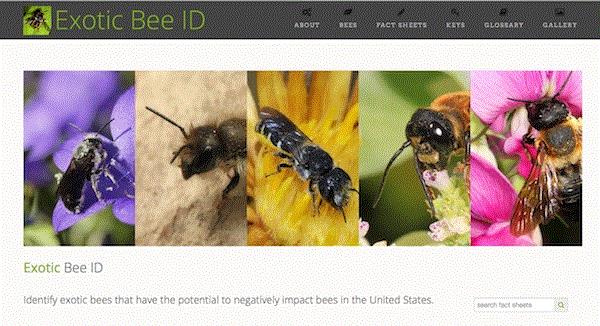
The identification tool is built on the Lucid keys, a software designed to make identification of plants and animals through pictures and the process of elimination. When you open the tool, you'll see four panels. In the top left corner is a panel for all available characteristics. When you click on one of these characteristics, you'll see several options or variations and the associated pictures of the variations. You can look at the pictures and select the variation that matches what you see on your specimens. The species that have the selected characteristics will be kept in the top right panel labeled “entities remaining” and those not selected moved to the bottom right panel labeled “entities discarded.” The selected characteristics go to the bottom left panel.
The list of remaining entities becomes shorter and shorter as you go down the list of characteristics and select the best-matched characteristics. Eventually, you’ll be left with just one species or a handful of species, which you can once again match by pictures or description to your specimens. You can deselect and revisit some selected characteristics if the end result doesn’t match what you see.
While some knowledge of insect morphology is helpful, one major selling point of Lucid- or image-based identification tools is you don’t need to know what in the world is a gena to identify a bee. You can just take a look at the pictures and choose the characteristics most similar to what you see on your specimens. This feature allows just about anyone—from high school students to professional taxonomists—to use the identification tools. And, if you really don’t know what a characteristic is referring to, you can simply skip that step.
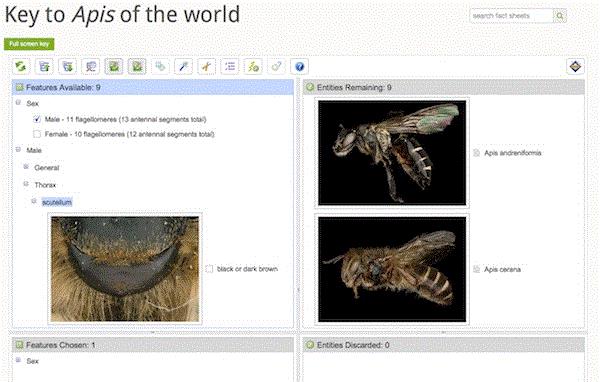
The Exotic Bee ID tool also includes fact sheets on selected genera and species. These fact sheets cover diagnostic characteristics, hosts, nesting behavior, distribution, known invasive species and other useful information.
(In case you're wondering, "gena," as defined by the Hymenoptera Anatomy Ontology Portal, is “the area that is delimited by the intersection of the interorbital plane, the margin of the compound eye, the margin of the oral foramen, the occipital carina and the malar sulcus.” Clear as mud, no?)

Other Identification Tools From ITP
ITP is an often-overlooked service. It has published 47 Lucid-based identification tools for many insects, mites, diseases, weeds and other botanical items. You don’t have to be a taxonomist or working for USDA to use these tools—anyone can access and use them online. You have no idea how many times I’ve used a Lucid key to identify something I don’t know much about, such as the little red ant that I just found at the back of my neck.
Here's one for scale insects, where slide-mounted specimens of scale insects can be identified to the family level, and mealybugs, soft scales and selected scale families can be identified to the species level.
Again, this tool is useful for identifying just about all native and exotic scale insect families, but it’s not for identifying all scale insect species. The scale insect species included in the tool are those most important at the ports of entry. Armored scales are also not included in this tool because the tribe Aspidiotini has its own identification tool.
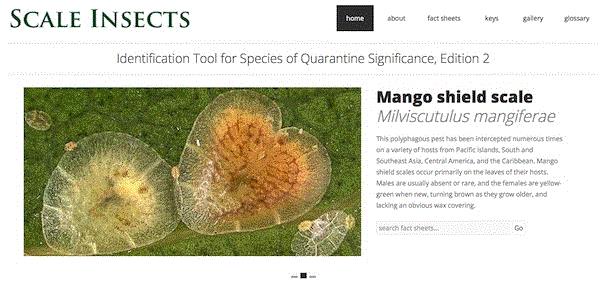
How about some slimy snails and slugs? The Terrestrial Mollusc Tool is for that. This tool includes 33 families and 128 species that are of quarantine significance and commonly intercepted at ports of entry.
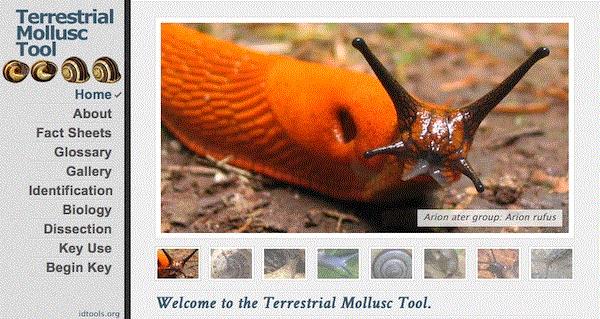
What if you want to find out what species of plants are included in a potpourri, plant arrangement or handicraft? The Dried Botanical ID is for you! Truth be told, I didn’t even know you could and would develop an identification tool for dried up plant parts.
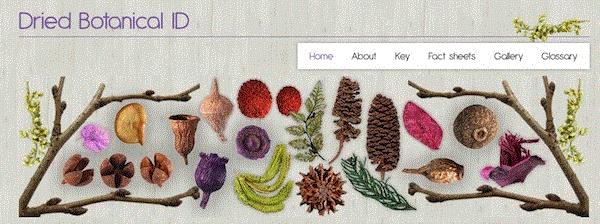
If you're wondering what’s happening to your beloved palm trees, you can check out Pests and Diseases of Cultivated Palms. This tool can help you identify diseases, pests, nutritional deficiencies and injuries a palm tree may suffer, and provides you with information on the cause of the problems.
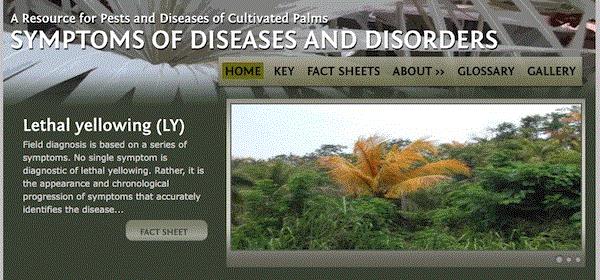
Each one of these identification tools includes an excellent collection of fact sheets. These fact sheets are excellent tools for learning about the biology and ecology of the covered species. What the fact sheets may not contain is pest management information. For that, you’ll have to contact your local Extension service.
Check out what kind of tools ITP has to offer by clicking HERE.

Watch it, Groundhog!
Being a kid growing up in a tropical country and spending my entire adult life in the South, I’m not familiar with the tradition of Groundhog Day. (Winter? What winter?) If my understanding was based solely on the movie starring Bill Murray and Andie MacDowell, I’d have thought that I’ll be forced to relive Groundhog Day over and over again until I finally learn a life’s lesson. Days in the snow? The horror! The horror!
I mentioned woolly bear last week. Richard Criley asked, “Does the band around the caterpillar signify the length of the winter (long = long winter) or the color (more brown = milder winter)?”
If y’all grow up somewhere with snowy winter, you've probably heard of this folklore before: “The longer the woolly bear’s black bands, the longer, colder and snowier the winter will be.” Is that true?
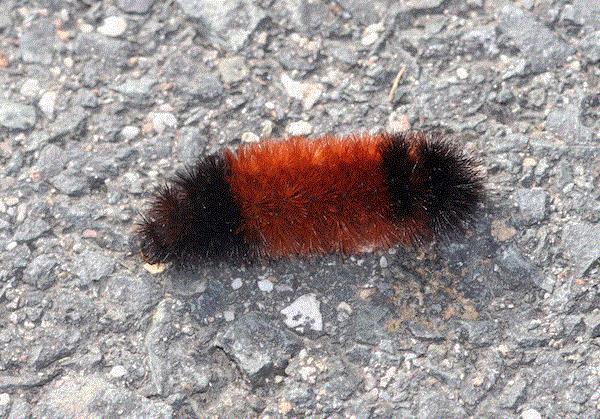
Is woolly bear better than the National Weather Service at forecasting winter weather? Some may think so. (Photo credit: Debbie Johnson, University of Missouri.)
I would put that in the same basket of lores about insect behaviors or appearances used to predict specific weather or climatic pattern. Usually, these lores ain’t true. I guess enough folks believe the one about woolly bear that the National Weather Service has to put out an article debunking that myth.
Other myths, such as the height of hornet nests can predict the height of the snow, also belong in that basket. What insect or animal weather predictor do you know? I’ll collect some examples and share them in the next issue.
Some of these lores actually have scientific basis to them. For example, the faster a cricket chirps, the warmer the temperature. The frequency of a cricket’s chirps is relative to the cricket’s physiology, which in turn is dependent on air temperature.
According to the Dolbear’s Law, formulated by Amos E. Dolbear of Tufts College in 1897, the air temperature can be estimated by the number of chirps of what Dolbear called at the time “cricket:” Air temperature in Fahrenheit = 50 + [(number of chirps per minute – 40)/4]. We now know that the species that Dolbear referred to may, in fact, be the snowy tree cricket. (Bless his heart! Dolbear was a physicist.)
Try it out. In my experience, more than half the time the formula gave a prediction that’s within 5F of the actual temperature; not exactly a success, but a fun way to teach students about the relationship between temperature, physiology and behavior.
By the way, Margarette Brooks reported on the same observation 16 years before Dolbear, but she was never recognized for her observation. There's no evidence that Dolbear stole Brooks’ work, but unfortunately, female scientists of the past had often not been properly recognized.





See ya'll later!

JC Chong
Professor of Entomology at Clemson University
This e-mail received by 26,766 subscribers like you!
If you're interested in advertising on PestTalks contact Kim Brown ASAP!